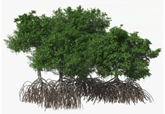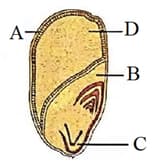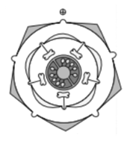HOTS HIGHER ORDER THINKING SKILLS
Subject Experts Biology Solutions for Exercise - HOTS HIGHER ORDER THINKING SKILLS
Simple step-by-step solutions to HOTS HIGHER ORDER THINKING SKILLS questions of Morphology of Flowering Plants from MTG OBJECTIVE NCERT AT YOUR FINGERTIPS BIOLOGY CLASS XI + XII. Also get 3D topic explainers, cheat sheets, and unlimited doubts solving on EMBIBE.
Questions from HOTS HIGHER ORDER THINKING SKILLS with Hints & Solutions
Roots are modified to perform specific functions other than their normal functions. The given figure shows modification of the roots of mangrove plant. Select the incorrect option regarding it.

Read the following statements.
(i) In Limnophila heterophylla, the lamina of submerged leaves is very much dissected while the lamina of aerial leaves is entire. This variation in the form of lamina is referred to as..............
(ii) Potato tubers, when exposed to light, turn green due to the increased production of a glycoalkaloid named.............
(iii) In............. ovary arises from the bottom of the cup-shaped thalamus and androperianth arises from the rim of the cup-shaped thalamus.
(iv) Underground stems can be differentiated from roots by .........of axillary buds on the nodes.
Select the correct fill-ups out of the following for the above statements.
Consider the following statements.
(i) In Gynandropsis, Passiflora, etc., thalamus is elongated and shows well developed nodes and internodes.
(ii) The floral buds in Agave, Allium, etc., may sometimes get modified into vegetative buds or bulbils.
(iii) Sepals are concerned with protection of flowers in bud condition and petals help to attract insects for pollination.
(iv) Stamens and carpels serve as the male and female reproductive organs respectively.
Which of the following combinations of above statements provides an evidence that flower is a modified shoot?
In the given figure of maize grain certain regions are labelled as A, B, C and D. Match them with the codes given below and select the correct option.
(1) The main nutritive tissue
(2) Shield shaped cotyledon
(3) Protection sheath of radicle
(4) The proteinaceous layer

Which of the following features characterise the family represented by the given floral diagram?

